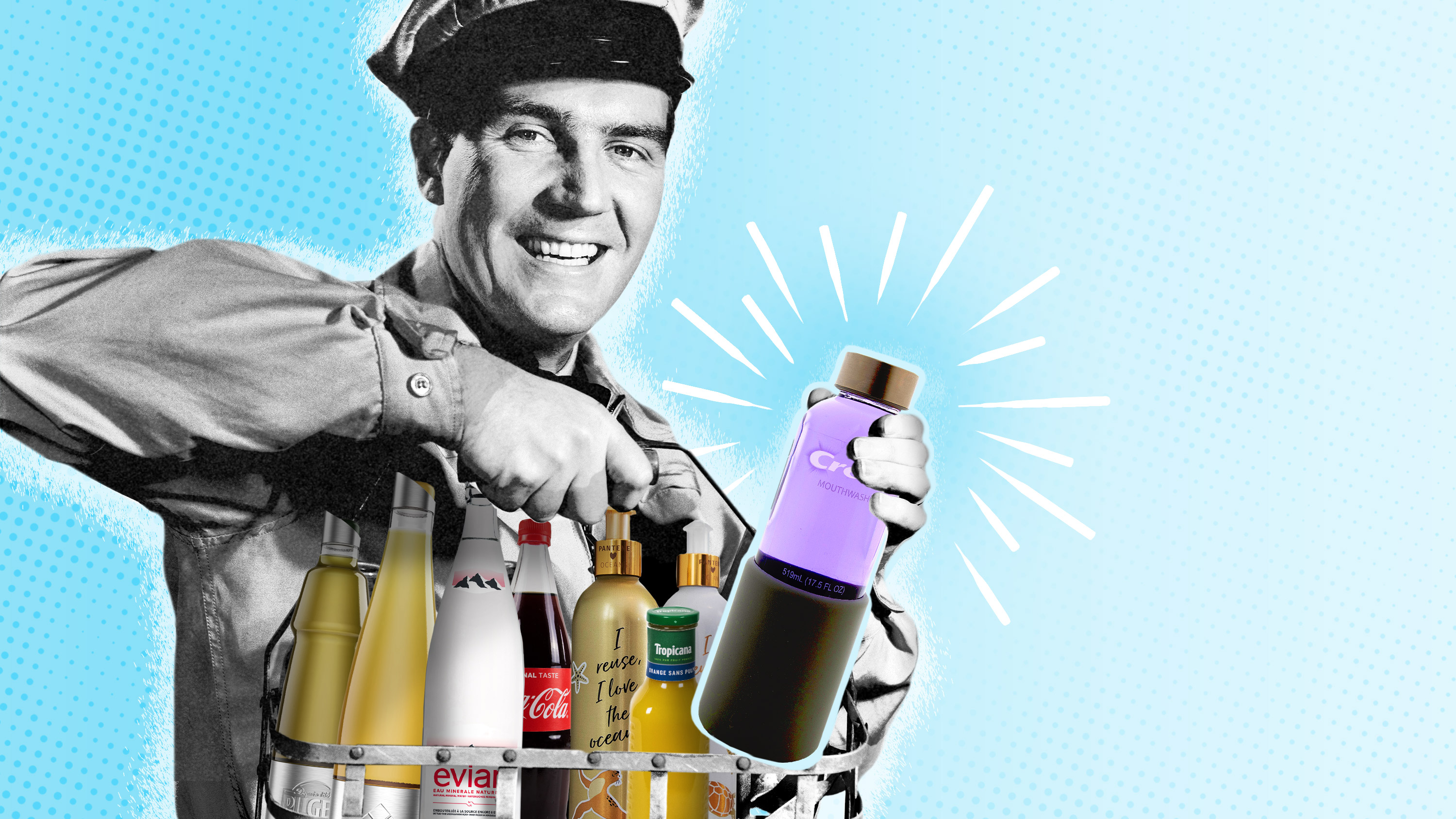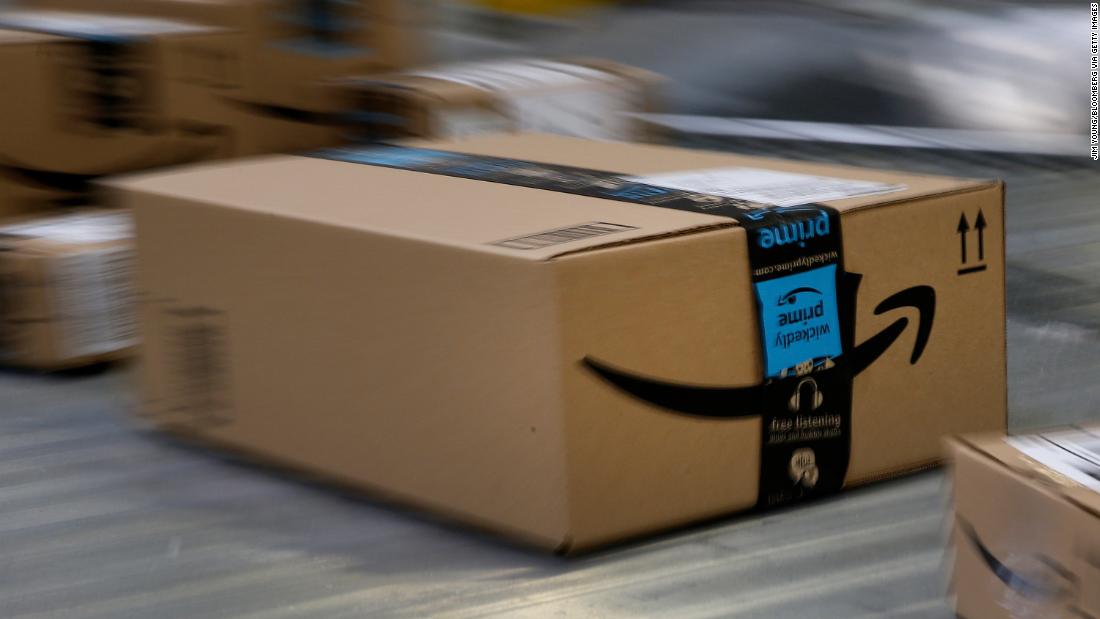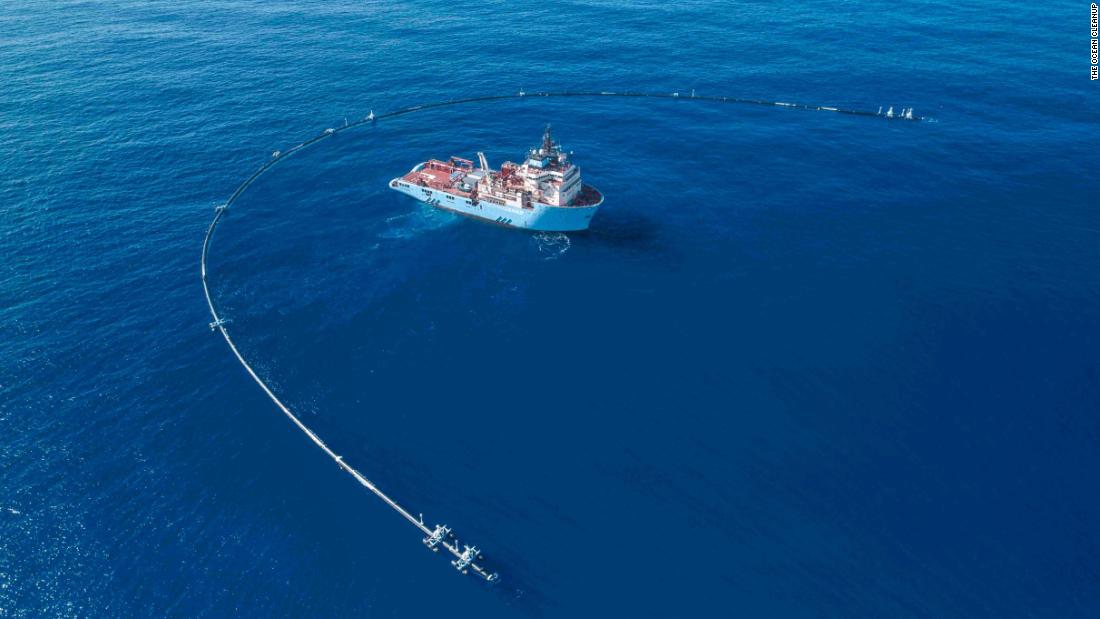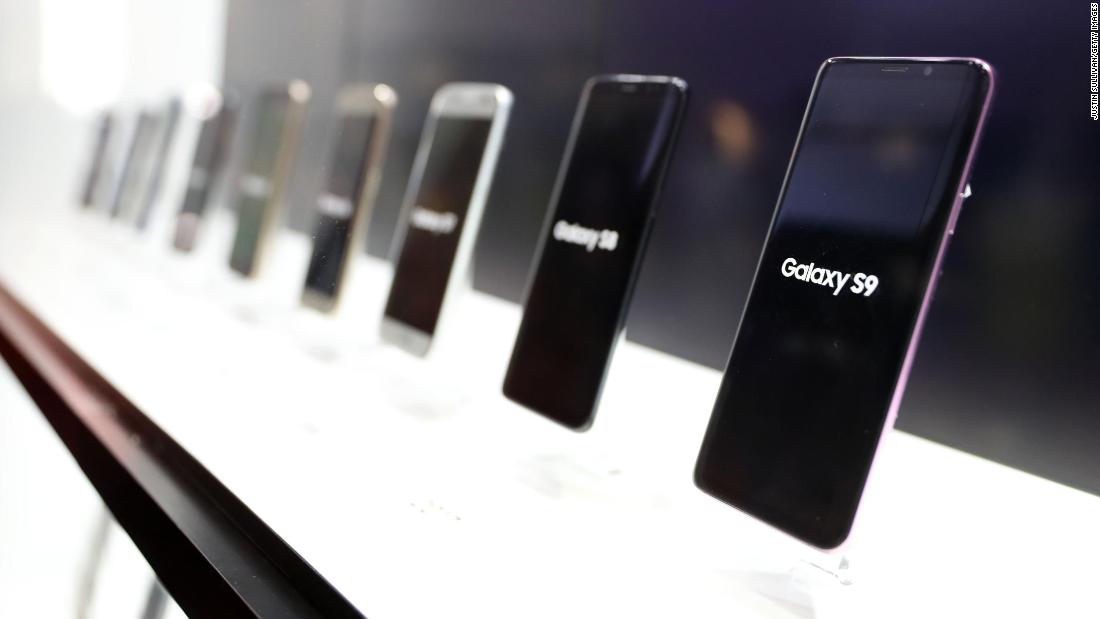A Starbucks coffee cup floats on the surface of the East River. (Zoran Milich/Getty Images)
When plastic straws became a symbol of environmental destruction, Starbucks swiftly came up with a plan: Get rid of them.
The company redesigned its cold cup lids so they won’t require a straw at all. By 2020, Starbucks said, it will eliminate single-use plastic straws at its more than 29,800 locations around the world.
It was a remarkably quick fix, considering the company has spent 30 years trying to come up with a greener alternative to another object: its iconic paper cup.
Cups are Starbucks’ billboard. They’re a canvas for the Starbucks logo, for your order, your name and for cheerful graphics that signal the holidays are here. As long as they make customers feel good, they’re a big asset to the company.
But those cups could also be a liability for Starbucks. After all, it took just one YouTube video and a statistic sourced to a 9-year-old boy to turn public opinion against plastic straws. Starbucks used 3.85 billion paper cups for hot beverages in 2017 alone. If a similar backlash were to happen to the single-use coffee cup, which is lined with plastic and not recyclable in most places, the company would suddenly have a big problem on its hands.
Advertisement
Over the past three decades, Starbucks has come at the cup problem from every angle. Now, it’s hoping for a breakthrough. Last year, Starbucks committed to the NextGen Cup Challenge, teaming up with other food companies for help. McDonald’s, Coca-Cola, Wendy’s, Nestlé and Yum! Brands (which owns KFC, Taco Bell and Pizza Hut) all came on board. Together, the competitors and Closed Loop Partners, a recycling-focused investor group, crowdsourced solutions from the public. Ideas poured in, and on Wednesday, 12 winners were announced. Starbucks says the contest is one part of its broader search for a solution.
But we’ve seen efforts like this before.
Starbucks has held innovation contests, worked with rivals and suppliers, and even enlisted the help of MIT academics. It’s made sweeping commitments, and walked them back, and reset them. Again and again, it has made incremental changes but hasn’t found the holy grail — a truly recyclable cup.
Redesigning a paper cup, much less actually making it compostable or recyclable, is a tall order.
You could even call it a venti.
Starbucks distributed
3.85 billion
paper cups in 2017.
They're not recycled
in most places.
Why the paper cup is hard to recycle
As basic as it looks, from an engineering perspective, today’s disposable cup is close to perfect. It doesn’t leak, break, melt or warp. It doesn’t change the way beverages taste. It’s cheap enough to be mass produced. It’s light and stackable, so it can be easily transported and stored.
Which is why it’s so difficult to invent a greener alternative. An eco-friendly cup has to first meet all those requirements — and then break down easily.
There are some cups on the market that are advertised as “compostable,” but they generally don’t degrade in the same way banana peels or egg shells do in your household compost bin. Instead, they must be processed in industrial composting facilities, which are still rare.
And while technically, Starbucks’ cups can be recycled under the right circumstances, they usually are not. Most facilities don’t recycle paper cups because to do so, they would have to separate the cups’ plastic lining from the paper. Many recyclers find that process to be more trouble than it’s worth. If recycling facilities try to recycle paper cups without separating out materials first, the plastic lining is likely to jam up their machines.
That makes the cups effectively non-recyclable at most facilities. Instead, the cups usually end up in landfills or the environment, where the plastic lining can break down into microplastics that may harm marine life or enter the human food chain.

Ben Packard, a former Starbucks vice president who used to oversee the company’s sustainability efforts, described the problem as system-wide.
“Starbucks can make the best compostable, recyclable cup and it’ll never be be composted or recycled if the rest of the system doesn’t change,” Packard, who is now the director of the University of Washington's EarthLab, told CNN Business. “They cannot change the system by themselves.”
Still, the company has set high standards for itself. “We won’t consider our cups universally recyclable until our customers can recycle them in our stores, at their homes and workplaces, and in public spaces,” the company said in its 2010 global responsibility report.
For now, Starbucks can afford to move at its own pace because the public is not up in arms about the cup. But consumers are becoming increasingly concerned about disposable, single-use waste.
And sometimes, all it takes is one spark to light a fire.
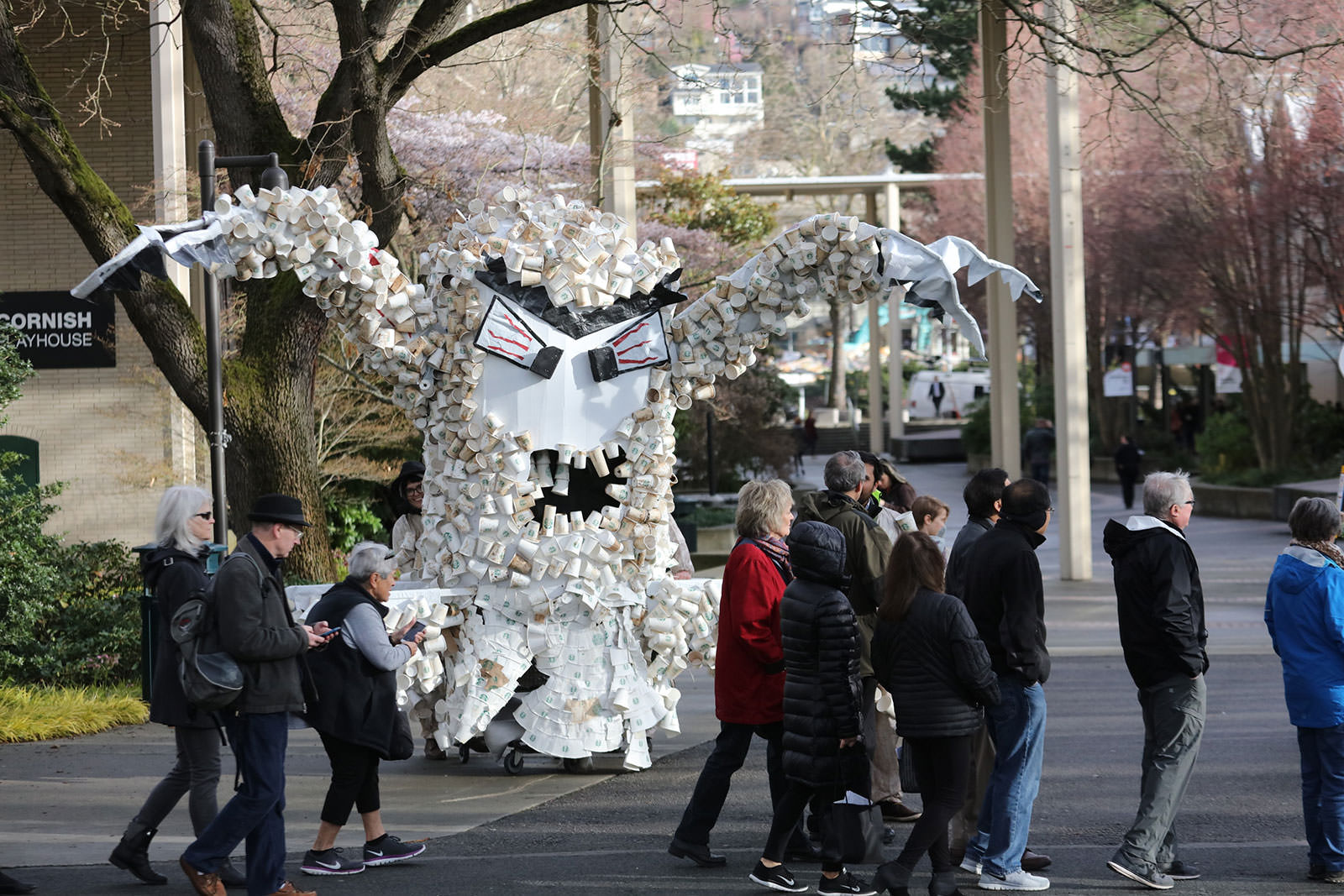
The strongest incentive for change: Angry customers
When Starbucks was still a small company in the 1980s, one of the first big backlashes over environmentally harmful packaging was aimed at a giant of the fast food space.
McDonald’s styrofoam clamshells, which it used to package the Big Mac and other sandwiches, had become the target of an aggressive campaign waged by children and environmental activists. Children picketed McDonald’s dressed as “Ronald McToxic.” Activists pushed for styrofoam bans and started “send-it-back” programs that mailed greasy hamburger containers to the company.
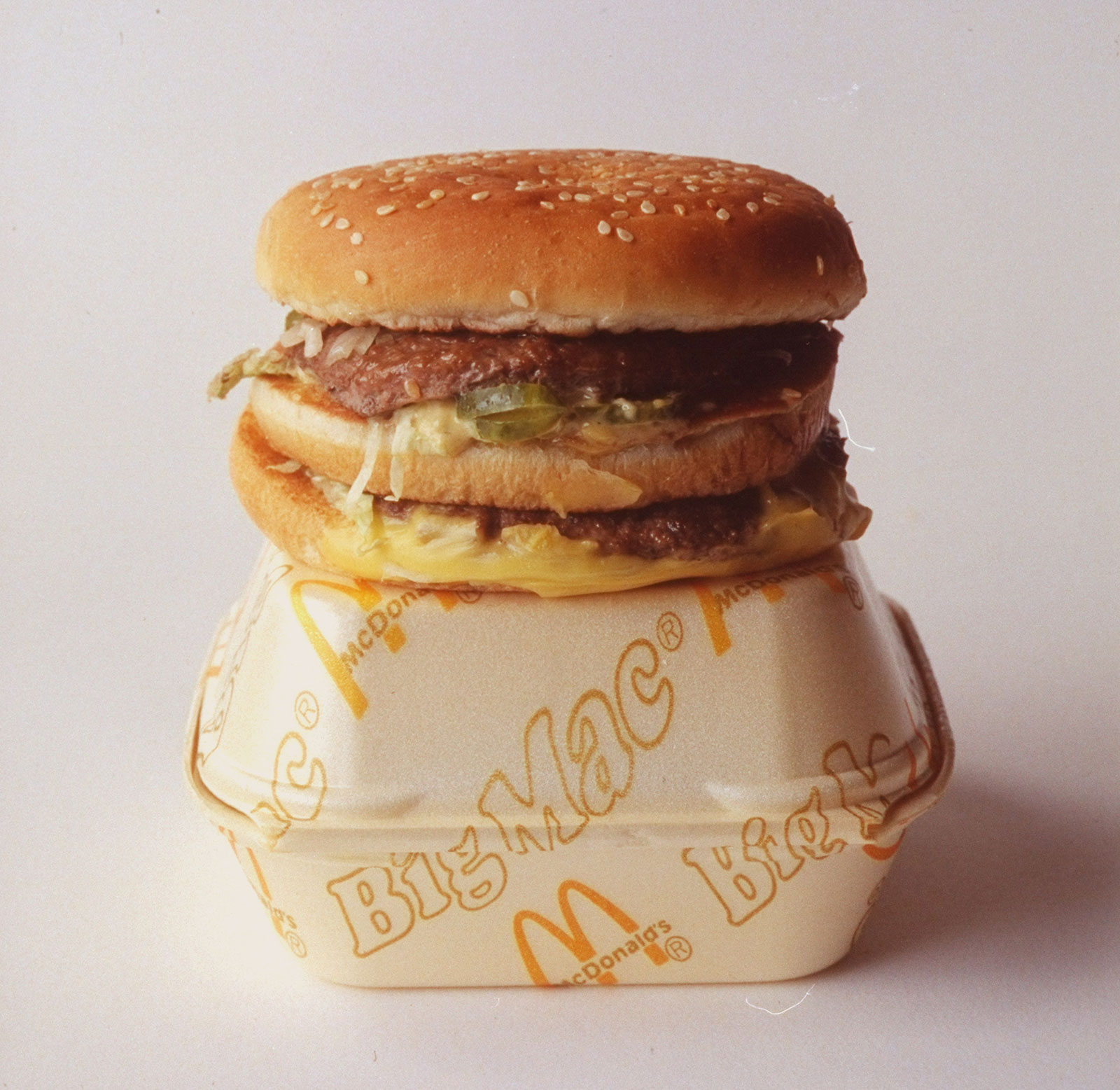
“McDonald’s image suddenly warped from a symbol of happiness and fun to an icon of waste amid a disposable society,” former McDonald’s vice president Bob Langert recalled in his recent book, “The Battle to Do Good.” “Such was the opening shot across the bow that thrust McDonald’s into what would become an ever-growing battle pitting activists against corporations.”
In 1990, the environmentalists won. McDonald’s announced that it would phase out its clamshell and replace it with paper packaging.
The sudden turn against plastic straws over the last couple years had humble beginnings. In 2015, a marine biologist posted a YouTube video showing a sea turtle with a plastic straw lodged in his nostril. The turtle winces repeatedly, blood streaming down his face, as a scientist tugs at the straw about 20 times before extracting it completely.
That video, coupled with a shocking statistic that came from a fourth-grader in Vermont, led to a public outcry. Cities enacted straw bans and companies like Starbucks, McDonalds and Disney vowed to phase out the now-offensive items.
The single-use cup hasn’t inspired a comparable movement, but at least one advocacy group, Stand.Earth, has gone after Starbucks specifically. For two years, it ran protests outside of Starbucks’ headquarters, its stores and company events. The group built a wall made of paper cups and installed a 12-foot cup monster, with bloodshot eyes and raised arms, made of 1,000 paper cups. They even recorded a message from the monster, as well as a version of “Jingle Bells,” with these lyrics, performed by kids:
dashing through the cups,
which used to be the woods,
but you chopped them all down,
so you could sell your goods.
Even so, cups just aren’t widely seen as a menace … at least, not outside of Starbucks.

Starbucks takes on the cup
At the highest ranks of the company, the paper cup has long been seen as a nuisance.
Back in 1997, Howard Schultz — then the company’s CEO — called the cup “one of the most nagging issues we've dealt with.” He described it as “a brainteaser that seemed to pit our values against our brand image and our desire for customer service.”
Around that time in the company’s history, the “biggest environmental issue,” in Schultz’s words, was double cupping, or using a second paper cup as insulation. The company knew the practice doubled cup waste, so it created a Hot Cup Team to look into the issue.
A switch to styrofoam, which is made of plastic, could have saved the company $5 million a year at the time. Ultimately, however, for Starbucks, the decision came down to to the company’s image. “Public perception is that plastic is even less environmentally friendly than paper,” Schultz wrote.
Starbucks eventually settled on the cardboard sleeve, which it rolled out in 1997. Since then, the company has achieved other small victories, including winning the FDA’s approval to make a cup from recycled pulp. Since 2006, its paper cups have included 10% recycled materials.
The company has gone to great lengths to find a more complete solution. Starbucks held three Cup Summits between 2009 and 2011, tapping experts from MIT and elsewhere to help them design a fully recyclable cup. None came up with a comprehensive solution.
“I don’t think we’ve fallen short. I’m proud of our history,” said Rebecca Zimmer, Starbucks’ global director of environment, adding that at a company as large as Starbucks, even incremental moves result in “monumental” changes to the supply chain.
Still, the company is “not satisfied with where the cup is today,” because “it does not have broad access to recycling,” she said.
Greener cup designs
The NextGen Cup Challenge attracted some bold proposals.
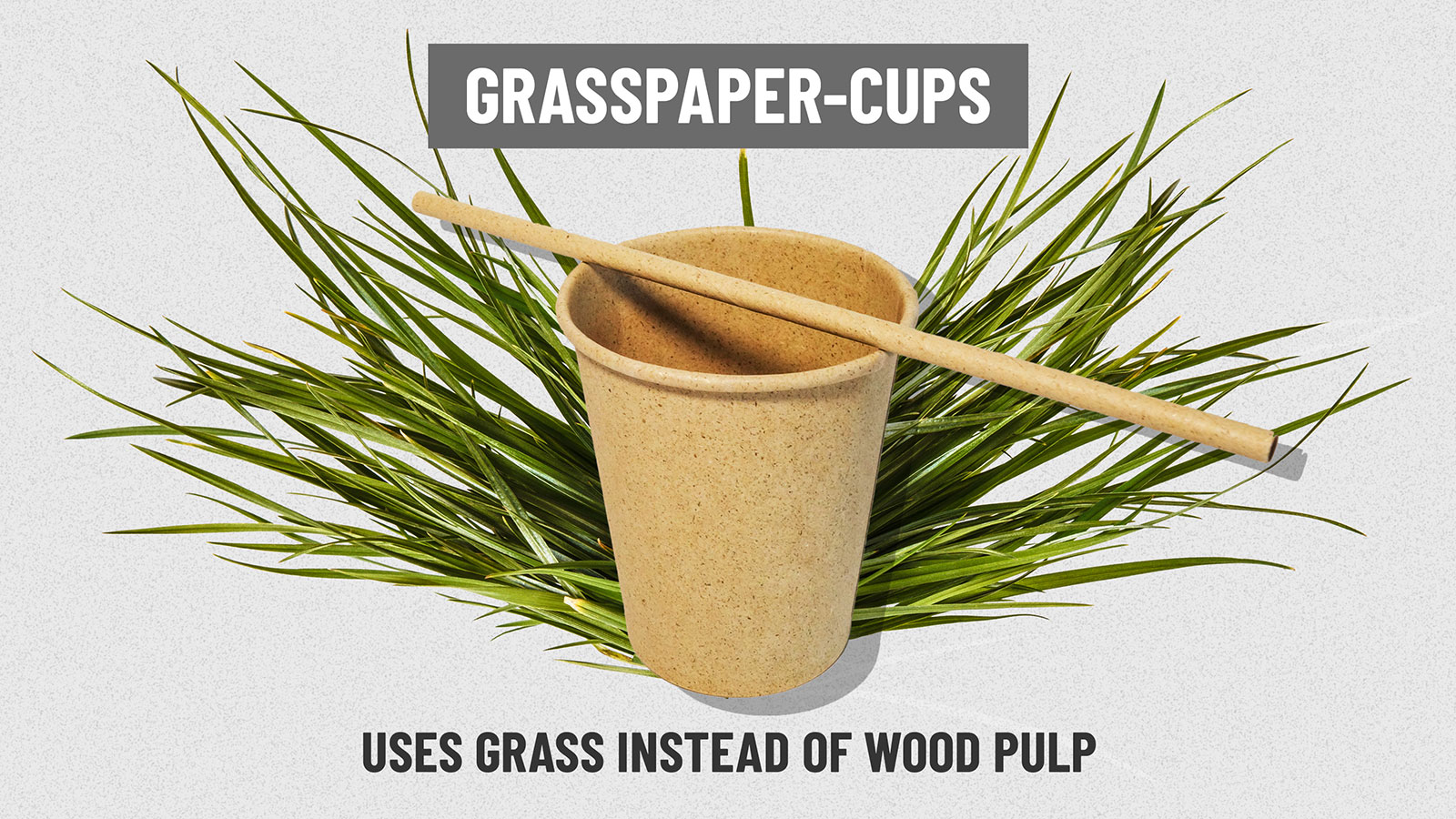
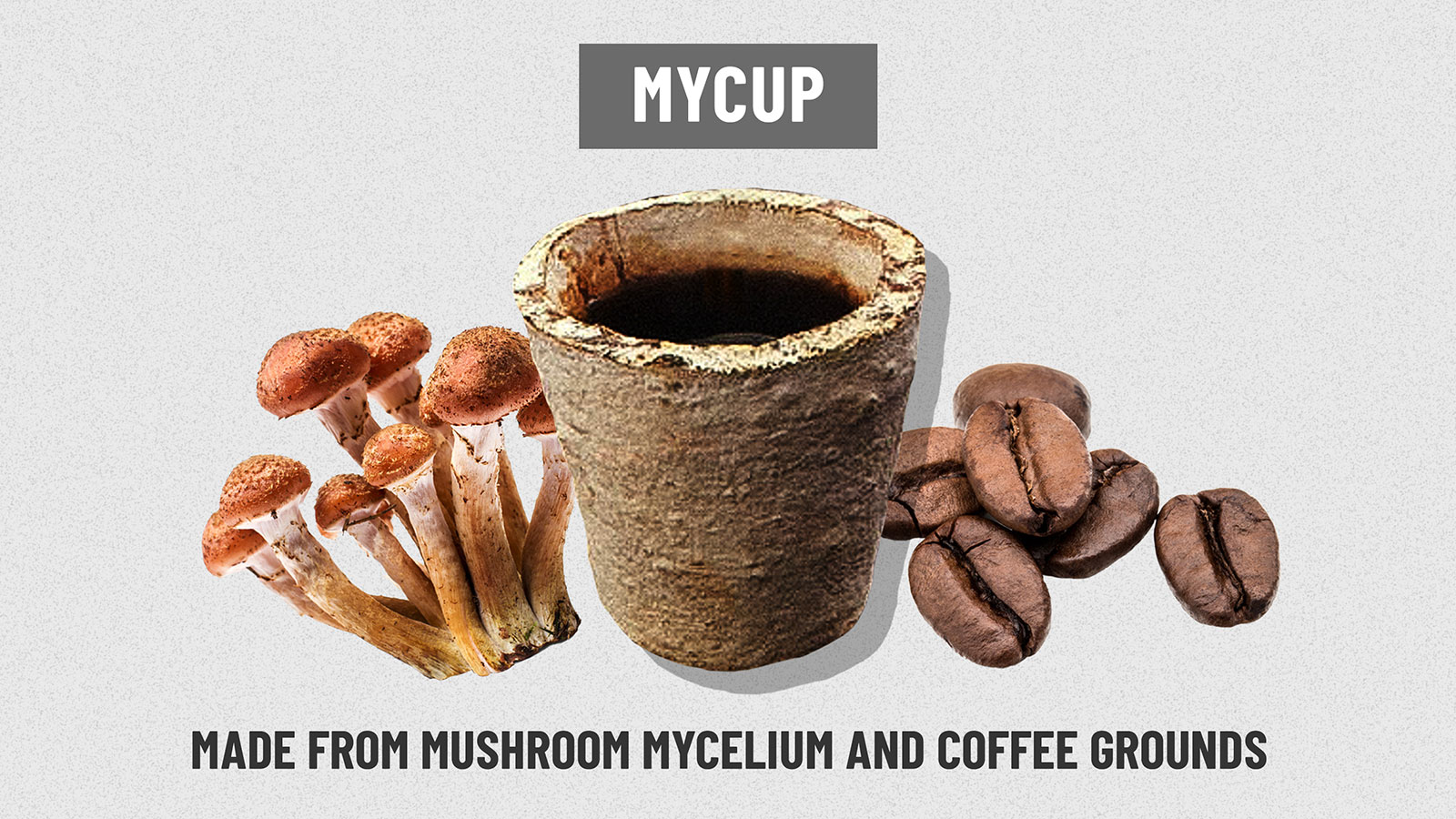
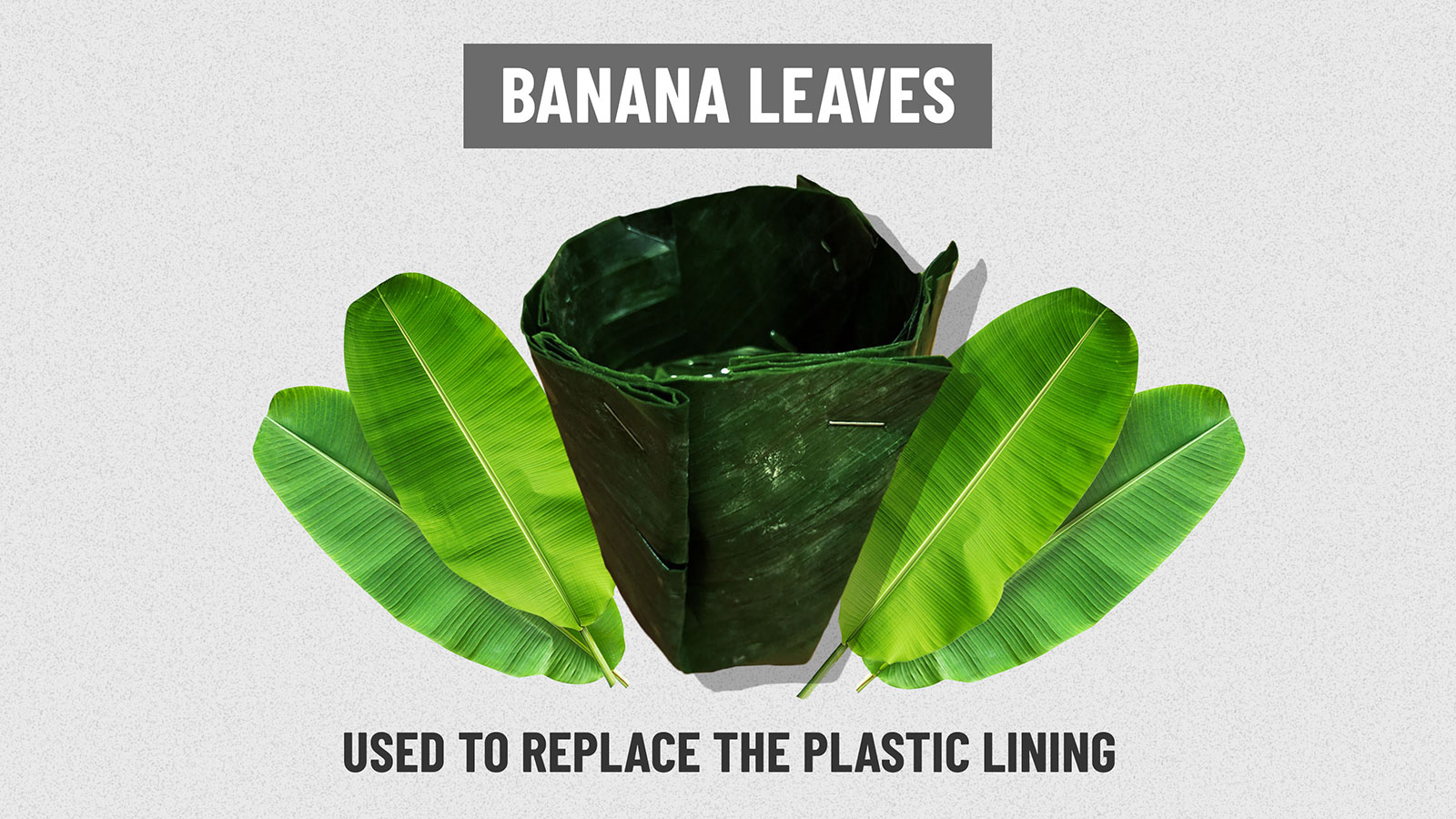
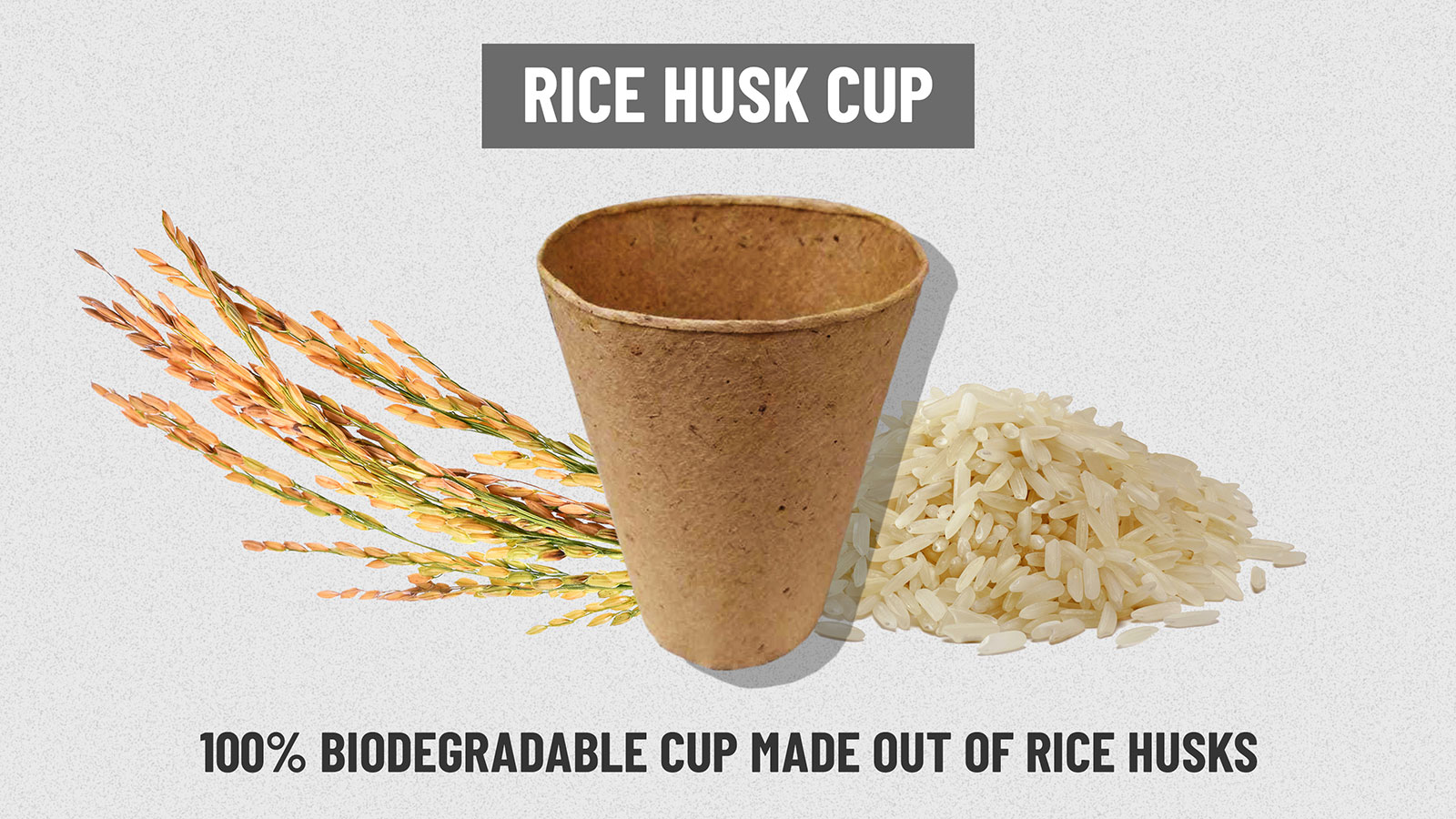
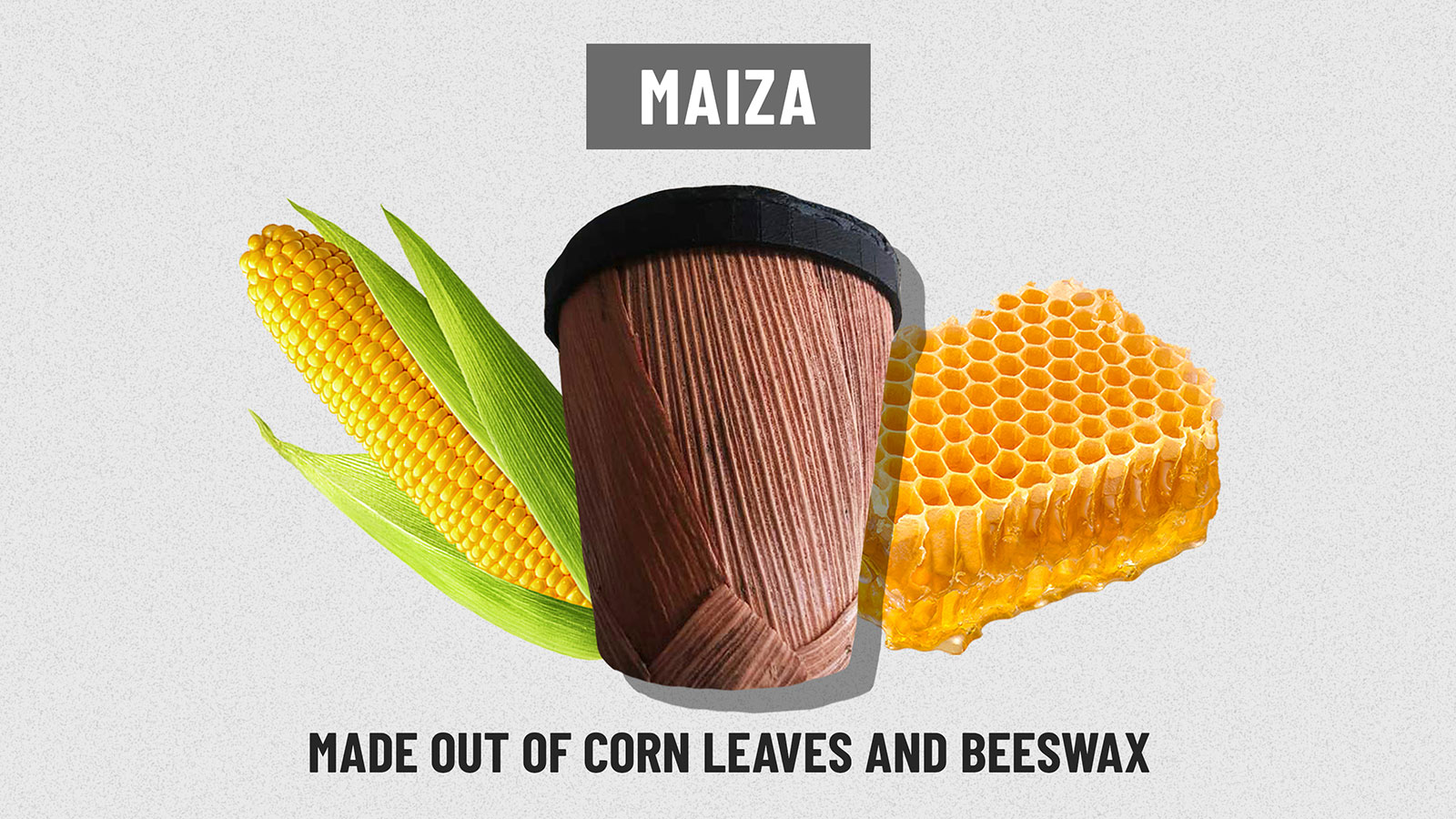
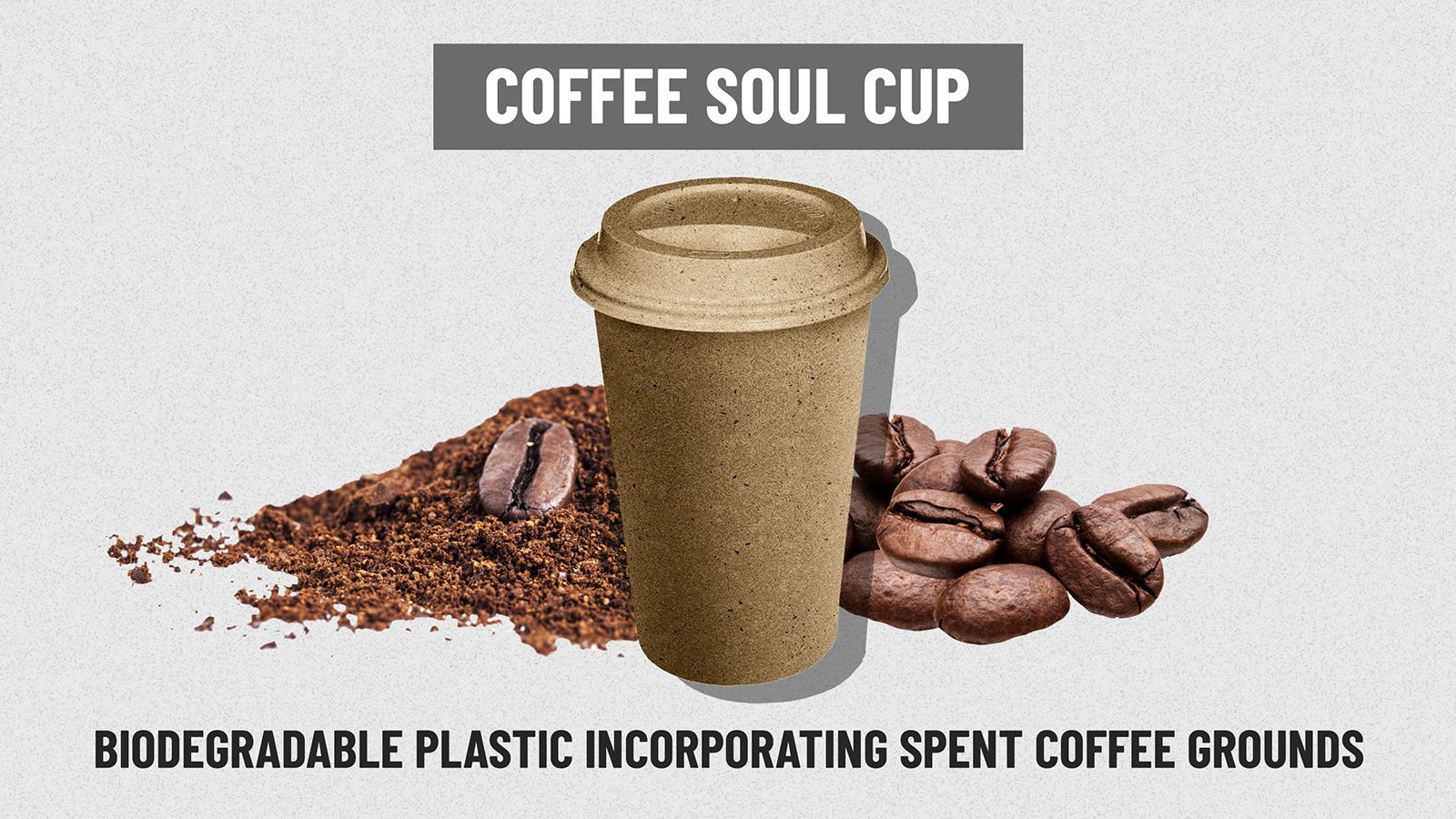
NextGen Cup Challenge/Max Pepper/CNN
The cup of the future
As Starbucks looked for solutions, it fielded some wild ideas. The NextGen Cup Challenge attracted 480 entries.
Contestants ranging from amateurs to industrial design firms submitted proposals for cups made from mushrooms, rice husks, water lily pads, corn leaves and even artificial spider silk.
Most of the 12 winning designs put forth greener alternatives to plastic lining, like water-based coatings that are both recyclable and compostable. Up to six of the 12 winners will enter a business accelerator in which their solutions will be tested to see if they can scale. Each of the 12 winners gets a cash prize worth between $50,000 and $150,000.
The winning designs also include three reusable cup systems. One, called CupClub, has already been piloted in London. The service puts RFID chips in cups, so they can be tracked and then picked up from drop points to be cleaned and reused.
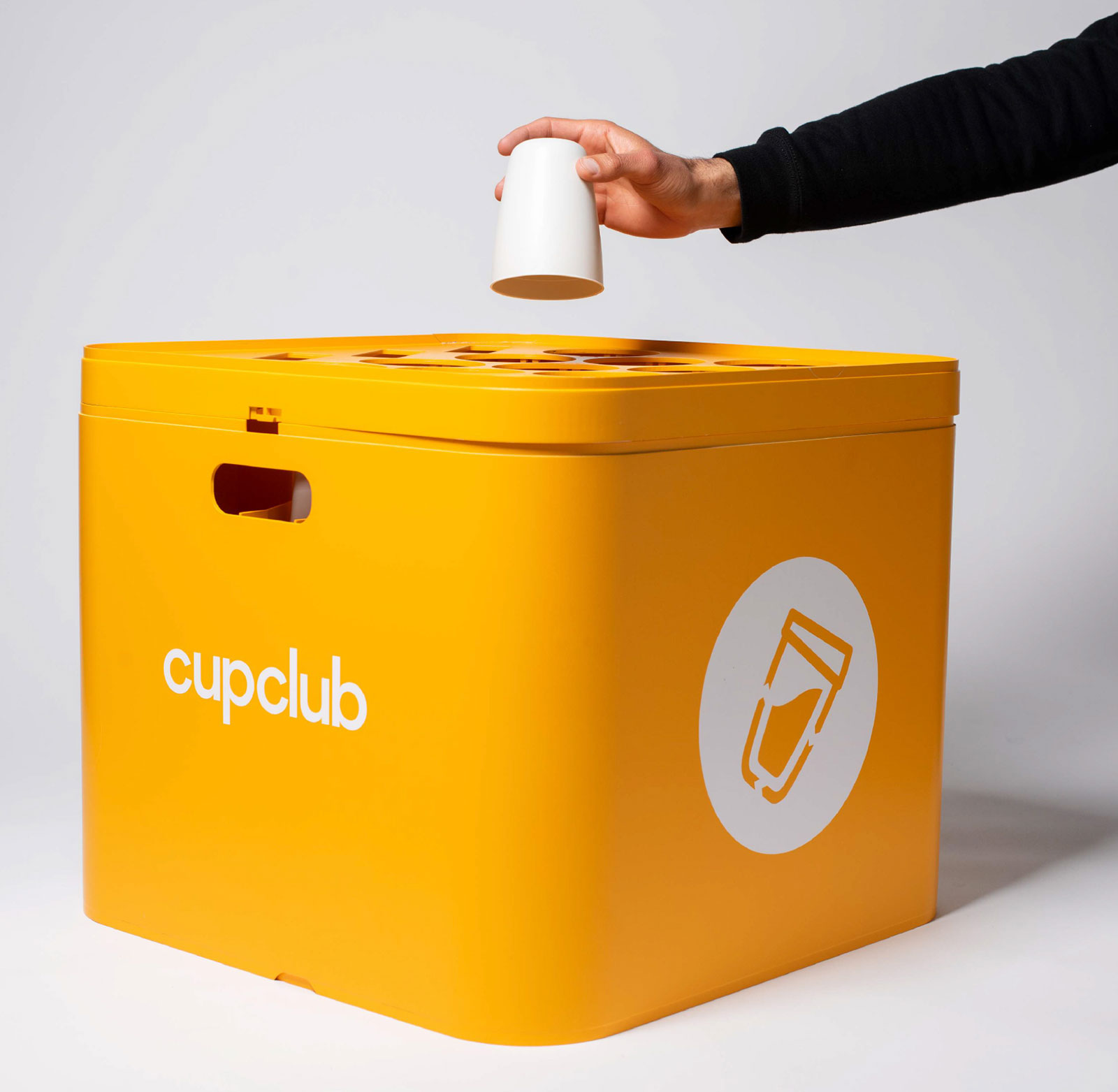
But if paper cups have an infrastructure problem, reusables have a behavioral one. Starbucks has called reusable cups “the greenest option of all,” but over the last 30 years, it has struggled to get a significant number of customers to embrace the idea.
Since 1985, the company has offered a 10-cent discount to customers who bring in their own cups to US stores. In 2013, Starbucks introduced $1 reusable tumblers. It encourages all locations to provide porcelain “for-here” cups, but says it has a hard time executing and tracking use of those cups.
Those initiatives never changed consumer behavior in a major way. Starbucks had once set a goal for itself (which it has since abandoned) to serve 25% of its beverages in reusable cups. As of spring 2017, only 1.4% of Starbucks’ beverages were sold in reusable cups.
Advertisement
Packard, the former Starbucks sustainability leader, called use of durable cups “a social norm issue.” Try as it might, he said, the company can only get the culture to change so much. “You can’t control your customer,” he said. “They buy what they want.”
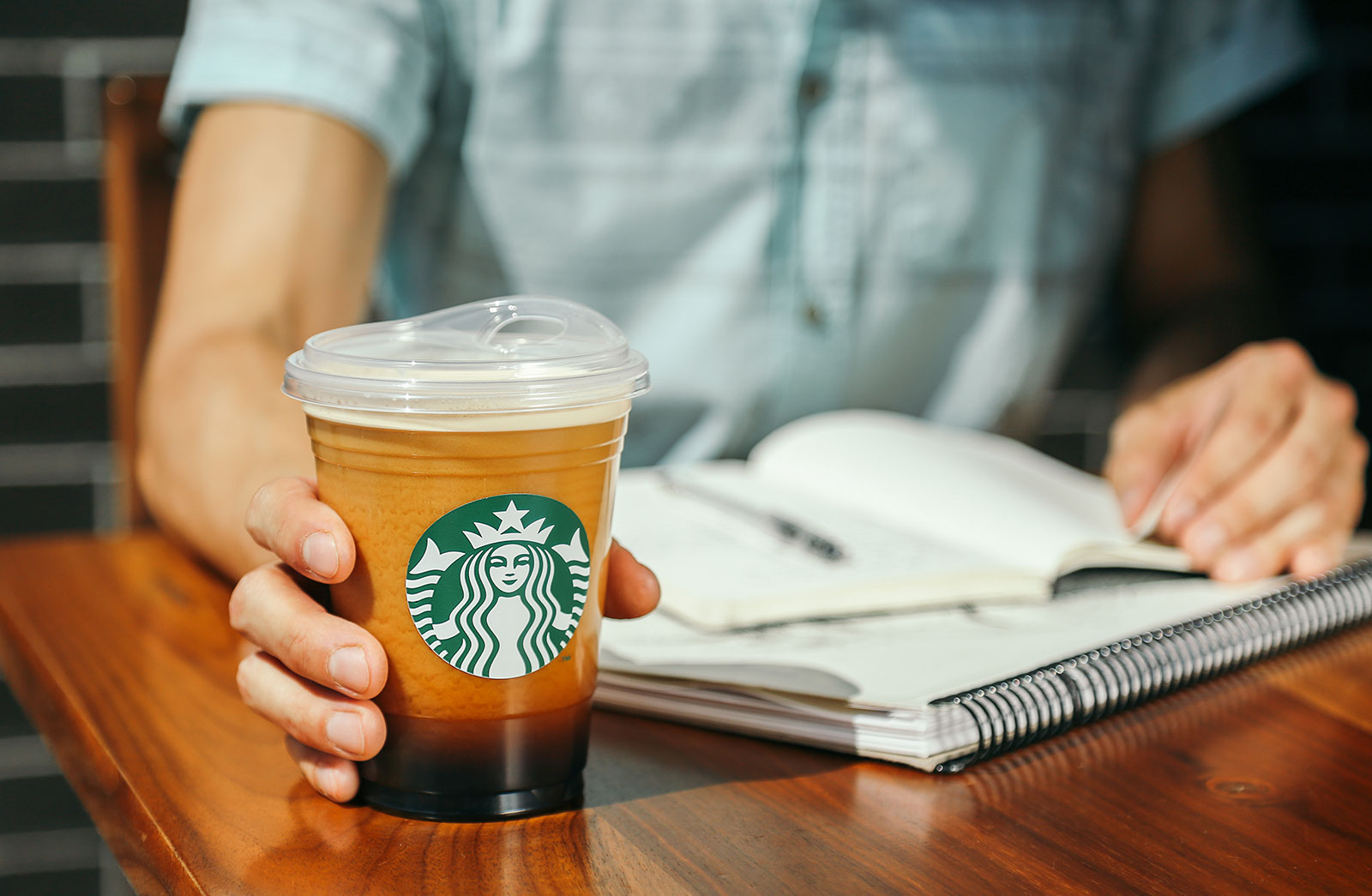
Starbucks thinks it can do more. Over the summer, it rolled out a 5 pence (about 7 US cents) charge on paper cups in its UK stores. Zimmer said that it’s possible Starbucks will introduce that type of model in the United States, too.
As part of its broader sustainability goals, Starbucks is aiming to double the recycled content in the cup by 2022. It’s also testing more than 12 greener technologies for paper cup liners.
It’s hard to say whether Starbucks will have to push back that deadline, if the wider industry is finally ready to embrace change, or if a popular movement will put cups into the spotlight and help rush Starbucks to the finish line.
For now, “we have a three-year ambition to ensuring that our cup can be recovered and diverted from landfills,” Zimmer said.
“We’ve always understood that the planet is our most important partner and that this is a huge focus for Starbucks,” she added. “We will not be shying away from this challenge.”
